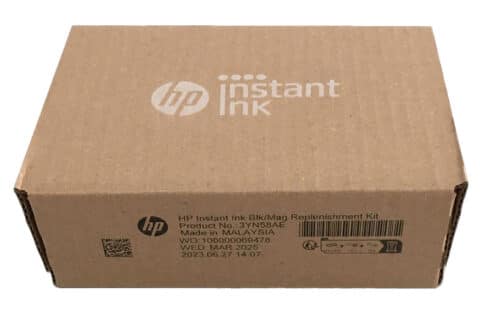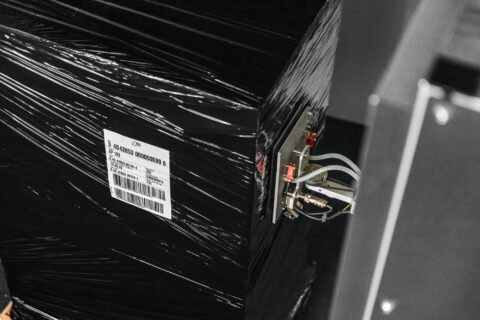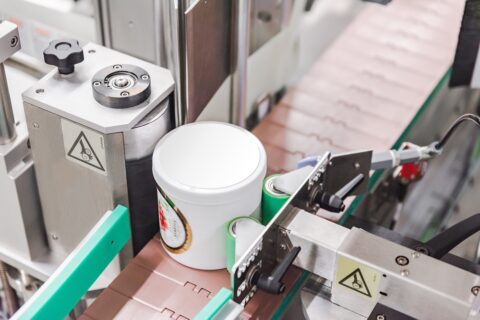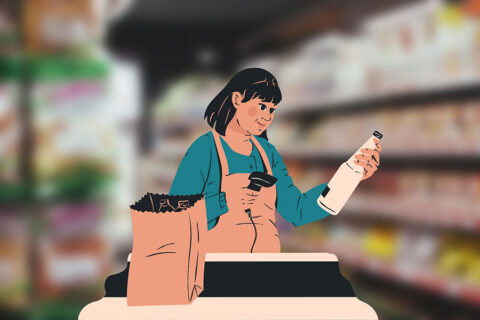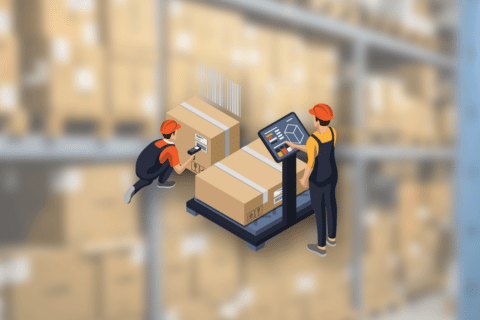How to label and mark food? Food identification is crucial to ensure product traceability, transparency and guarantee consumers safety. That’s why many laws exist to regulate the labeling and marking of food.
Weber Marking Systems offers innovative marking and labeling solutions to ensure efficient identification and productivity for manufacturers.
In order to determine the most suitable identification technology – inkjet marking or labeling – production managers within the food industry have to pay attention to many aspects: material and shape of the product or packaging, production volume, information to be included and regulations.
1. Marking and labeling food
1.1. Marking food
One of the most widely used methods for marking food is thermal inkjet printing, which is particularly suitable for these kinds of goods. It allows producers to mark products without contact, cleanly, with high resolution.
Thermal inkjet printing also offers the possibility to mark the label. Batch numbers and expiration dates are then printed directly on the label so that the consumer can find all relevant information in one place.

The Markoprint Integra One inkjet printing system prints text, barcodes, expiration dates, batch numbers, etc. to display regulatory information on your products.
1.2. Labeling food
Products can be identified with a pre-printed label placed directly on the product or with a label printer and dispenser that automatically prints and places labels on articles. All types of food can be labeled: cereal bags, dairy, yoghurts, eggs, cheeses, glass jars, cans, pastries, cakes, plastic or glass bottles, products kept at low temperature…

The Legi-Air 4050 B guarantees safe, precise, fast and electric applications! This label printer and dispenser is electrically powered. It is suitable for high-speed conveyor lines, with up to 270 labels per minute.
2. Marking and labeling food boxes
2.1. Marking food boxes
Box marking allows to print directly the information necessary for identification such as a barcode or a lot number. Marking can be privileged for variable information.

The Markoprint integra PP108 inkjet printing system uses SEIKO technology: a circulating ink system. It automatically removes air from the nozzle rows to ensure long-lasting, clean printed images. This system reaches a speed of up to 150 m / minute.
2.2. Labeling food boxes
Box labeling is widely developed to ensure traceability throughout the production line. Corner labeling can for example allow to optimize logistics.

This label printer and dispenser combines innovation and safe design, bringing better ergonomics to the production line. It applies labels in real time, allowing for simple and customized operations to label products of different heights.
3. Pallet labeling
Pallet labeling facilitate transportation of production batches but also ensure traceability of goods. This is why the supply chain uses pallets to track and identify production lots.

This pallet labeling system allows labeling on up to three sides. The system reaches a maximum speed of 120 pallets per hour for two-sided labeling and 90 pallets per hour for three-sided labeling.
At Weber Marking Systems, we support you with state-of-the-art solutions to meet your marking, coding, labeling and related consumables needs. Our industrial labeling systems, as well as our Markoprint inkjet printers, are perfectly suited for integration into your production lines!



